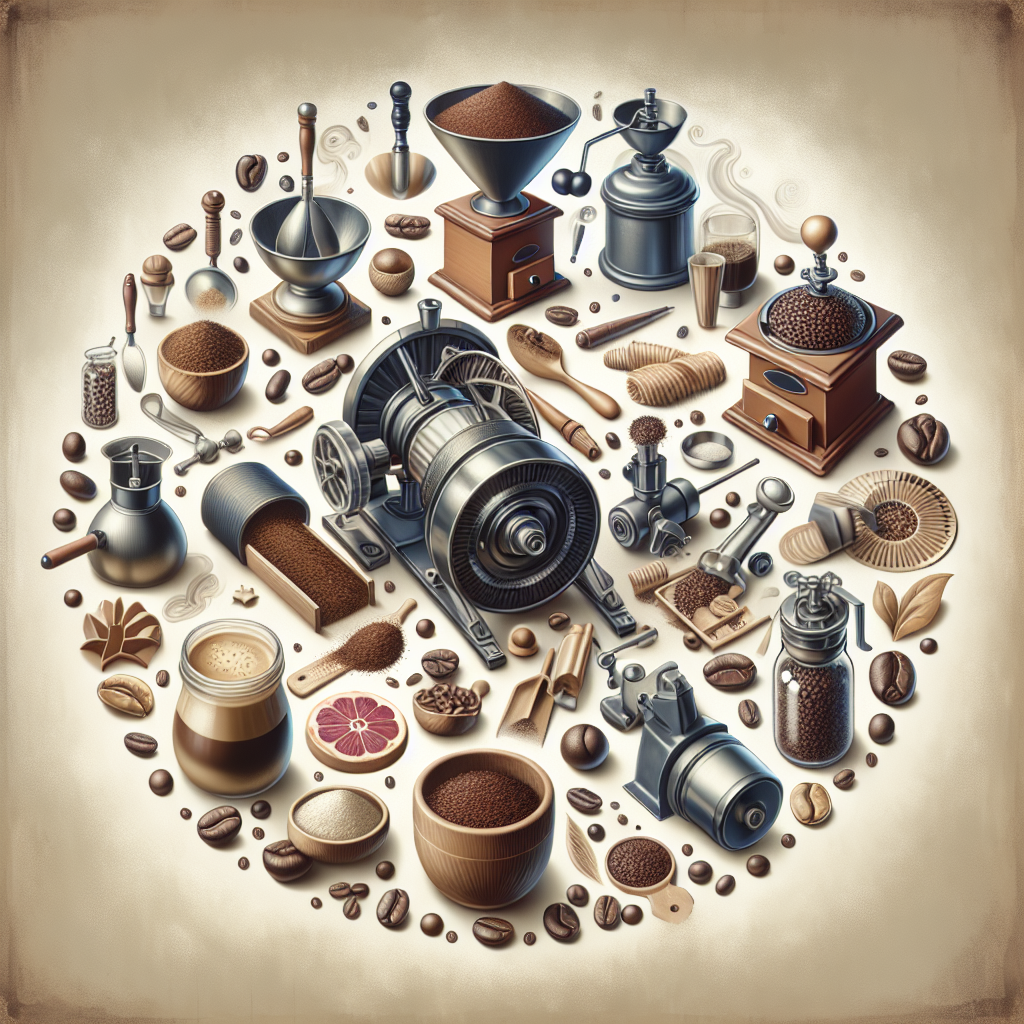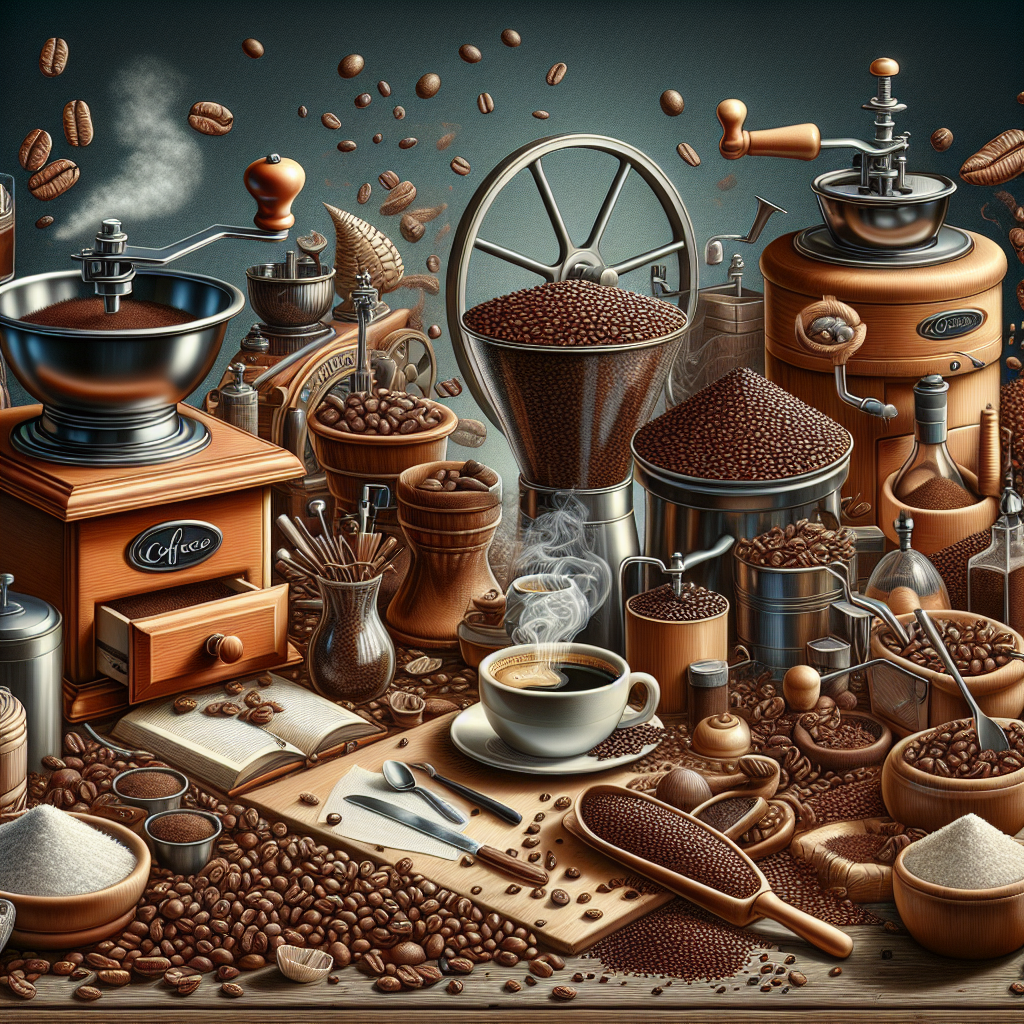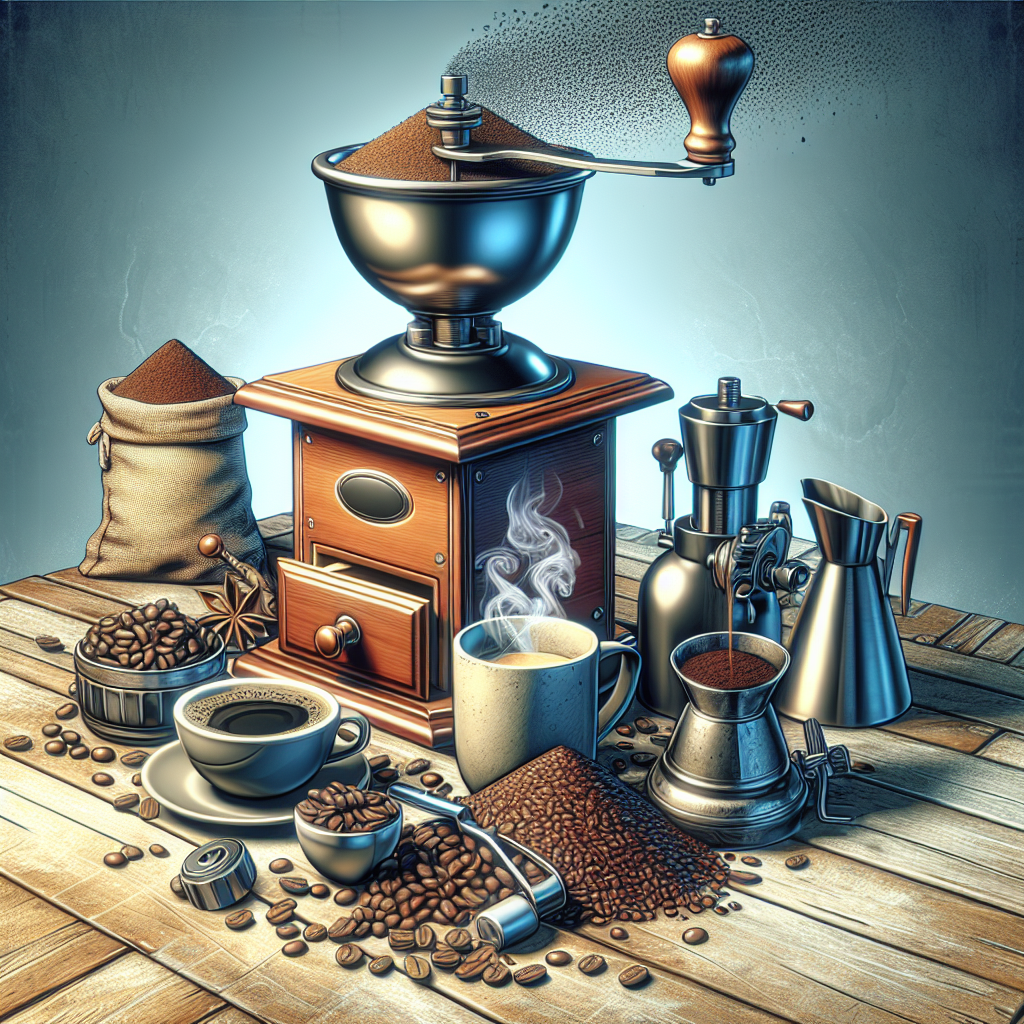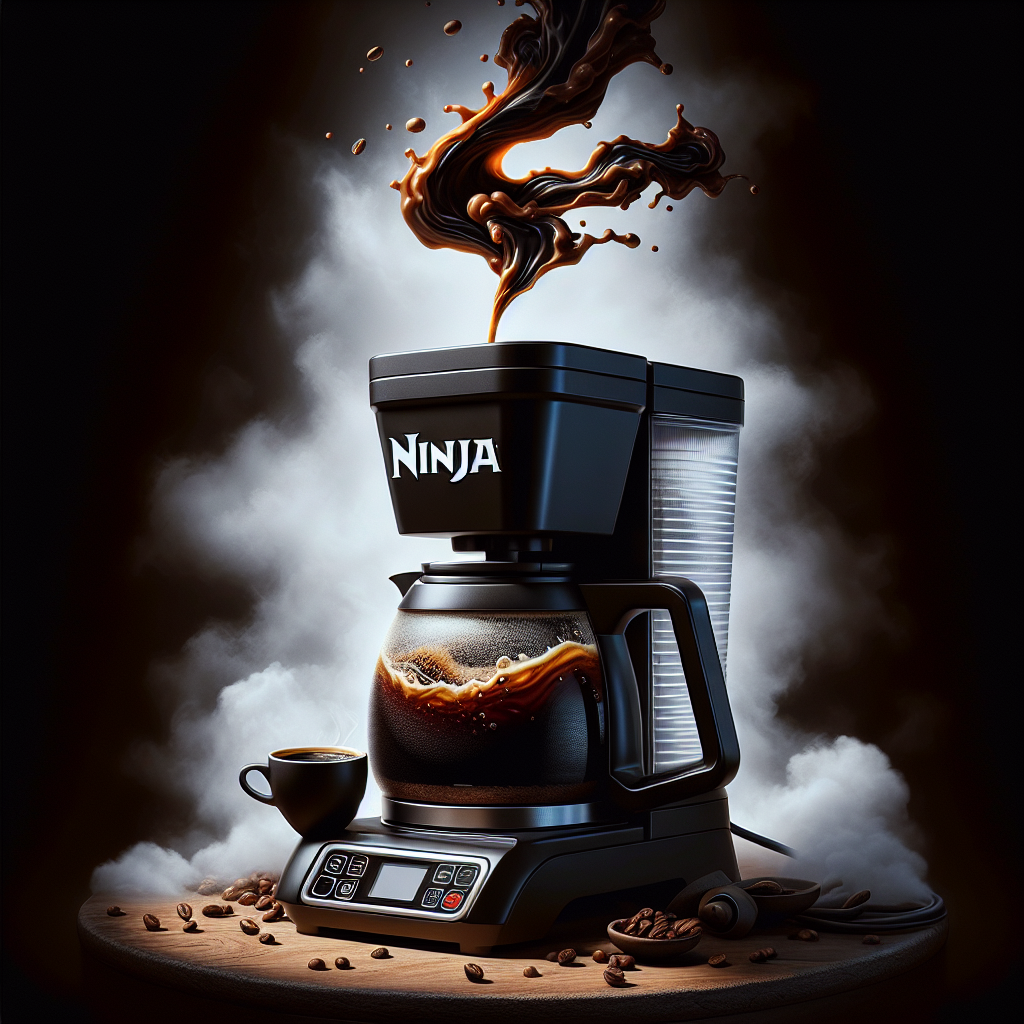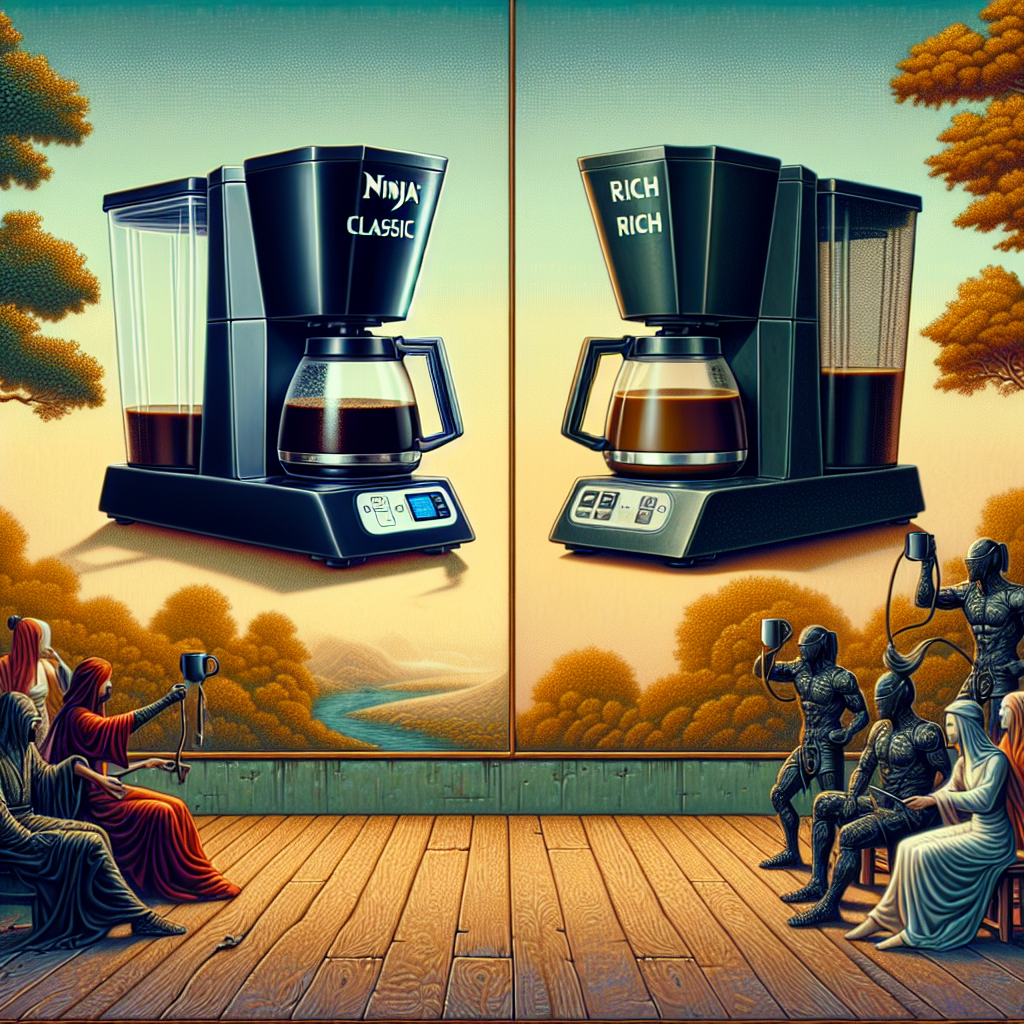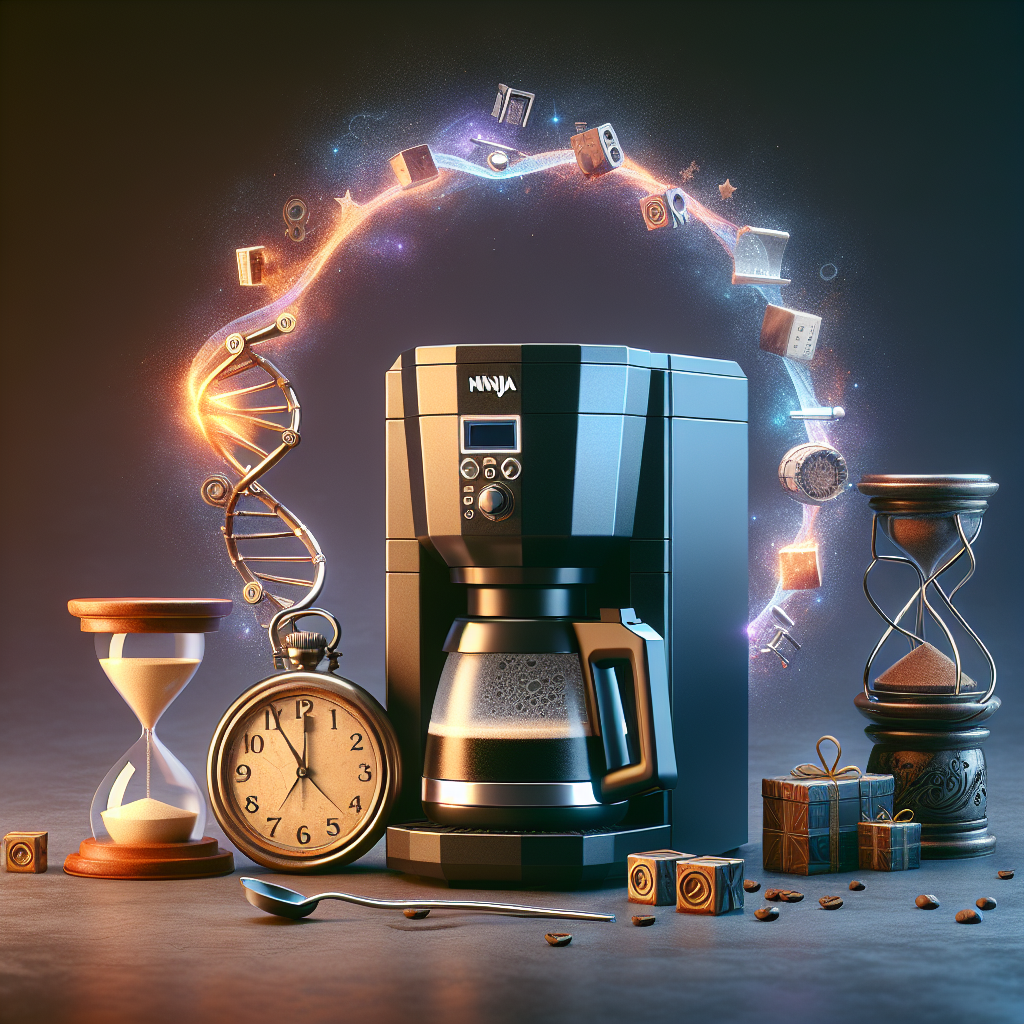Introduction
Coffee isn’t just a drink; it’s an experience, a ritual, and for many, an essential part of their day. But amidst the myriad of blends and brands available, one question often arises: Which is the No 1 coffee in the world? In this article, we’ll embark on a journey through the rich landscapes of coffee culture to uncover the answer, explore the benefits of this beloved beverage, and introduce you to some top-notch coffee makers that can elevate your daily brew.
- The Origins of the No 1 Coffee
- Why This Coffee Stands Out
- Exploring Coffee Varieties
- The Benefits of Drinking Coffee
- Top Coffee Makers to Enhance Your Experience
- Conclusion
- FAQ
The Origins of the No 1 Coffee
If we trace back to the roots of what many consider the finest coffee in the world, we find ourselves in the high-altitude regions of Jamaica. The Jamaican Blue Mountain Coffee has consistently been hailed as the crème de la crème of the coffee world. Grown in the Blue Mountains of Jamaica, this coffee is renowned for its mild flavor and lack of bitterness.
Why Jamaican Blue Mountain Coffee Stands Out
The secret lies in its growing conditions. The Blue Mountains’ unique climate, with its misty peaks and rich volcanic soil, creates the perfect environment for cultivating coffee beans that are smooth, well-balanced, and aromatic. This is not just a cup of coffee; it’s a symphony of flavors dancing on your palate.
Exploring Coffee Varieties
While Jamaican Blue Mountain Coffee holds the title for many, other coffee varieties are equally beloved by connoisseurs worldwide. Take for instance, the rich and robust flavors of BIGGBY COFFEE, known for its commitment to quality and unique blends. Understanding these varieties helps us appreciate the vast spectrum of flavors that coffee has to offer.
Arabica vs Robusta
Two primary species dominate the coffee market: Arabica and Robusta. Arabica beans are noted for their sweet, soft taste and higher acidity levels. In contrast, Robusta beans have a stronger, harsher taste with a grainy overtone and peanutty aftertaste. Each offers a distinct experience that caters to different palates.
The Benefits of Drinking Coffee
Coffee is more than just a pick-me-up; it’s packed with numerous health benefits. Here are ten compelling reasons to incorporate coffee into your daily routine:
- Boosts Energy Levels
- Rich in Antioxidants
- Improves Physical Performance
- Aids Weight Loss
- Reduces Risk of Type 2 Diabetes
- Protects Your Brain Health
- Lowers Risk of Certain Cancers
- Supports Heart Health
- Enhances Liver Function
- Makes You Happier
For a more detailed look at these benefits, check out our article on the benefits of coffee.
Top Coffee Makers to Enhance Your Experience
Even the best beans need the right equipment to shine. Investing in a quality coffee maker can make all the difference in your brewing experience. Here are some top contenders:
Mr. Coffee BVMC-ECMP1000-RB Cafe Barista Espresso Maker Machine
This machine offers an easy way to make delicious espresso drinks at home. Its one-touch control panel allows you to choose from single or double shots of espresso, cappuccinos, or lattes.
Keurig K15 K-Cup Pod Coffee Maker
This compact machine is perfect for those who want convenience without sacrificing quality. It’s great for making single servings of fresh coffee quickly.
Hamilton Beach 49981 Single Serve Scoop Coffee Maker
For those who prefer ground coffee over pods, this single-serve scoop coffee maker is an excellent choice. It’s simple to use and brews a robust cup of coffee.
Conclusion
The quest for the No 1 coffee in the world may lead you to different places depending on your personal preferences. Whether you savor the smooth elegance of Jamaican Blue Mountain Coffee or enjoy exploring various blends from around the globe, the journey itself is a delightful adventure. And with the right coffee maker by your side, every cup becomes a masterpiece.
FAQ
What makes Jamaican Blue Mountain Coffee so special?
Jamaican Blue Mountain Coffee is grown under ideal conditions in the Blue Mountains of Jamaica. The unique climate and rich volcanic soil contribute to its mild flavor and lack of bitterness.
Are there any health benefits to drinking coffee?
Yes, coffee is packed with antioxidants and nutrients that can boost energy levels, improve physical performance, aid weight loss, protect brain health, support heart health, and much more.
What should I look for in a good coffee maker?
A good coffee maker should offer ease of use, consistent brewing temperature, and be able to extract the full flavor from your coffee beans. Consider features that cater to your specific preferences, such as programmable settings or single-serve options.
Ready to elevate your coffee experience? Explore our reviews on top-rated machines like the Mr. Coffee BVMC Cafe Barista Espresso Maker, or delve into our insights on why brands like BIGGBY COFFEE continue to captivate coffee lovers worldwide.
“`


